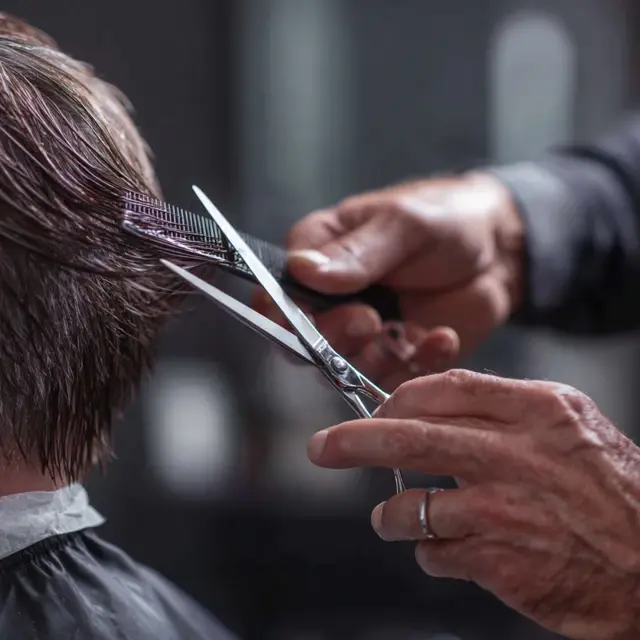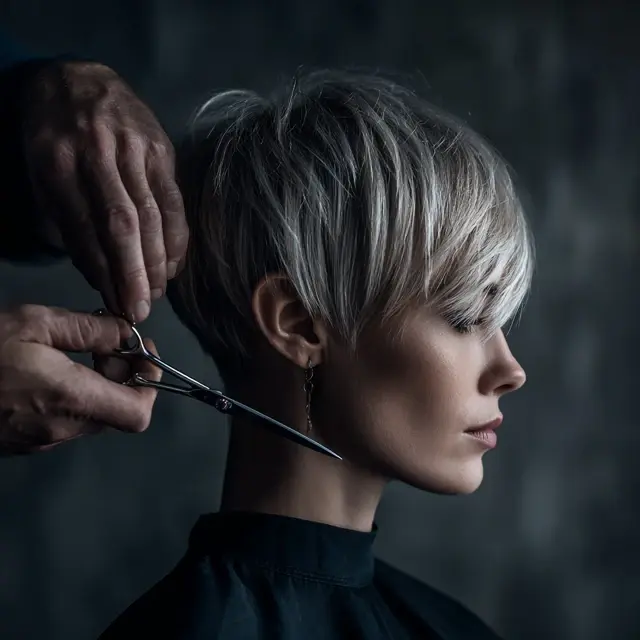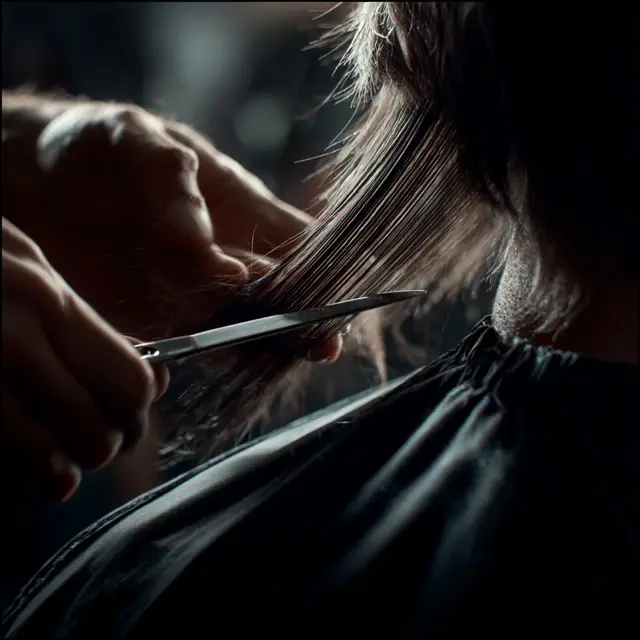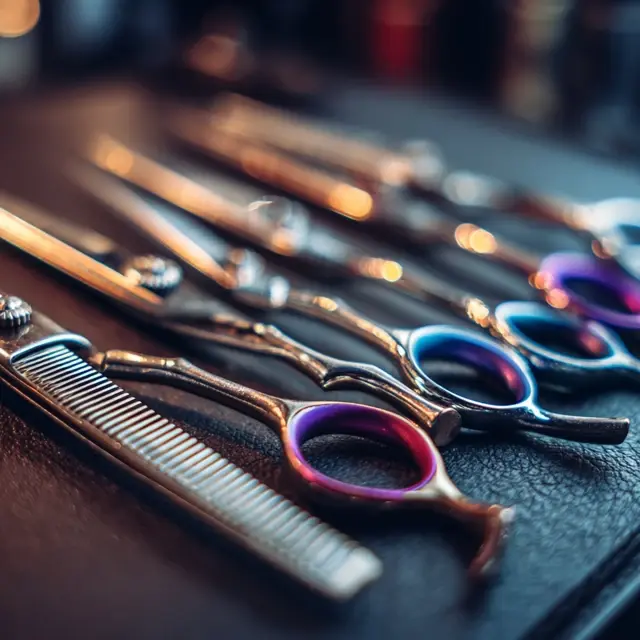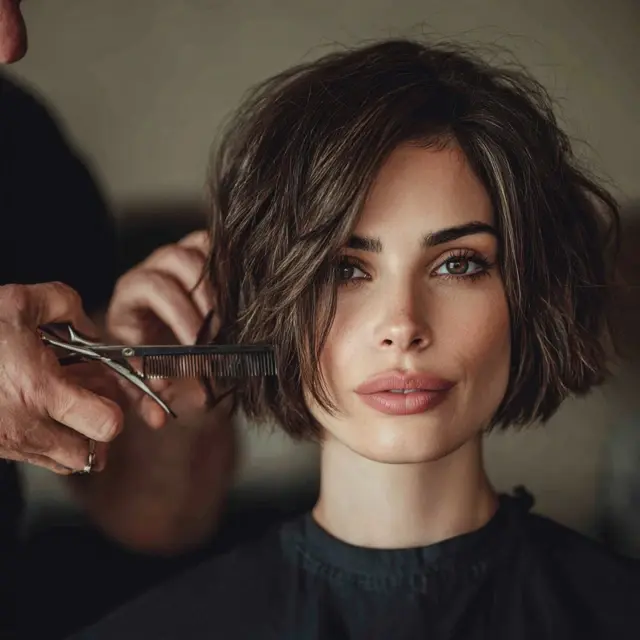How to Use Thinning Scissors Without Losing Shape
Thinning scissors are a stylist’s secret weapon for creating soft, polished finishes. However, if used incorrectly, they can compromise a haircut’s structure, leaving it uneven or flat. Learning how to use these specialized hair scissors without losing shape is essential for achieving professional, balanced results.
Why Shape Matters in Haircuts
A haircut’s shape defines its style, whether it’s a bob, layered cut, or men’s fade. Over-thinning or thinning in the wrong areas can distort this shape, making the style look unfinished. Thinning scissors should enhance the haircut, not alter its foundation.
Techniques for Using Thinning Scissors Correctly
1. Work Within Transition Zones
Focus on the mid-lengths and areas where layers meet. Avoid thinning the base or primary outline of the haircut, which can disrupt the overall shape.
2. Keep Away from the Roots
Using thinning scissors too close to the scalp can cause frizz and destroy volume at the base. Maintain at least two to three inches of distance from the roots.
3. Feather the Ends, Don’t Chop
Light snips at the ends help reduce bulk without flattening the shape. Always use controlled, minimal pressure to maintain structure.
4. Use Vertical Snips for Softness
Hold the scissors vertically when blending. This avoids removing too much hair in one section and maintains the haircut’s natural flow.
Tips for Maintaining Shape While Thinning
- Establish the haircut’s foundation with professional hair scissors before thinning.
- Thin gradually—less is more when refining shape.
- Step back frequently to assess balance from different angles.
- Prioritize problem areas with excess bulk rather than thinning evenly throughout.
When to Use Thinning Scissors Sparingly
Thinning scissors are powerful but must be applied with care. Use them minimally for:
- Short hairstyles where shape is highly defined
- Fine hair, which can appear sparse if over-thinned
- Curly hair, where overuse can disrupt curl patterns
Choosing the Right Thinning Scissors
The right tool enhances precision and protects the haircut’s shape:
- 30–40 teeth: For soft blending without heavy removal
- 20–30 teeth: For moderate thinning in thicker hair
- High-quality steel: Ensures clean, precise cuts
- Ergonomic design: Provides control during detailed work
Conclusion
Thinning scissors should never compromise a haircut’s structure. By applying them strategically—away from roots, within transition zones, and with light, vertical snips—stylists can refine bulk while preserving shape. With the right techniques and tools, hair scissors become an extension of the stylist’s artistry, creating polished, balanced, and long-lasting results.
